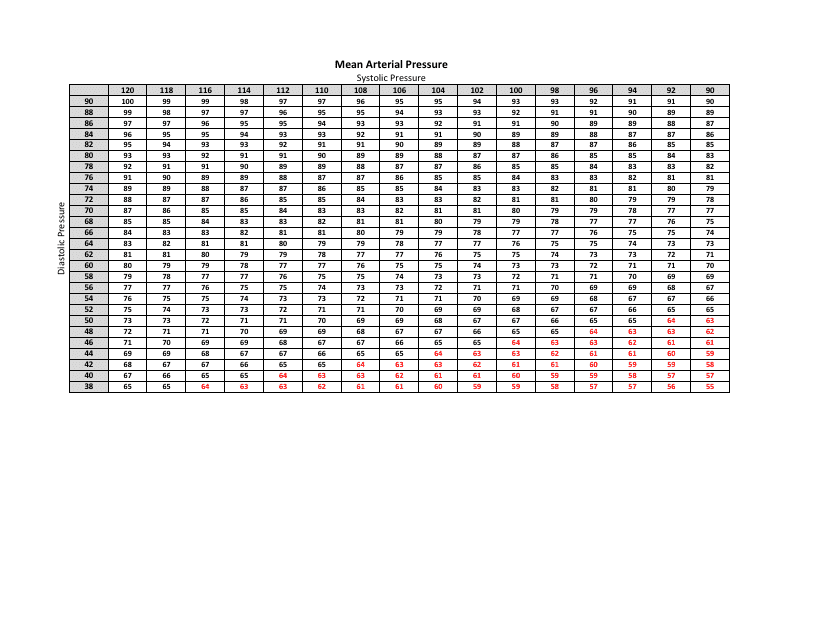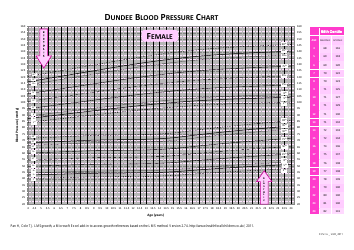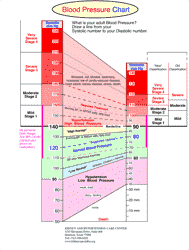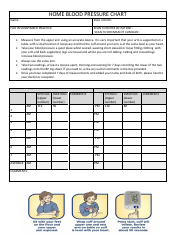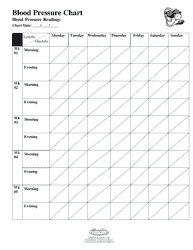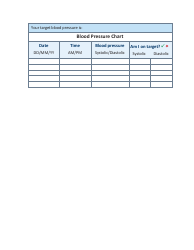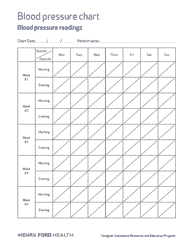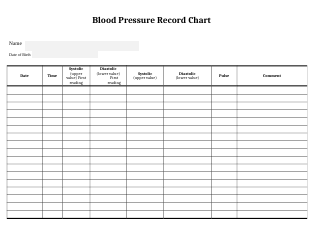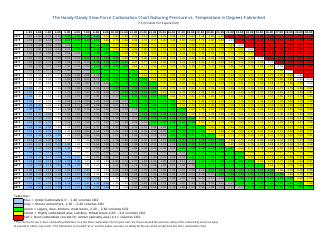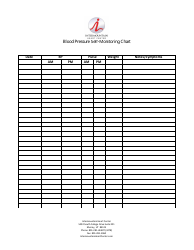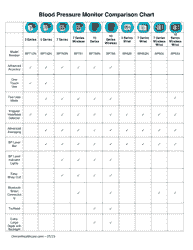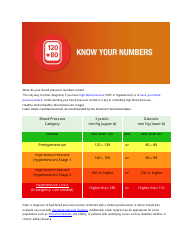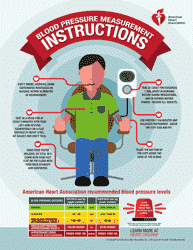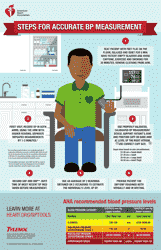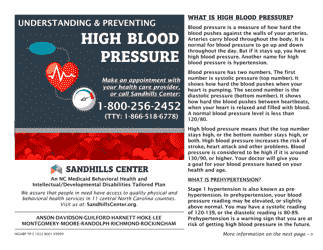Mean Arterial Pressure Chart
A Mean Arterial Pressure (MAP) chart is a medical reference tool used to monitor and assess the average blood pressure in a patient's arteries during one cardiac cycle. It provides crucial data for healthcare providers in determining whether enough blood is being supplied to the vital organs of the body, like the heart and brain.
The MAP is calculated through a specific formula that considers both the systolic (pressure during heartbeats) and diastolic (pressure during rest periods between heartbeats) blood pressures. Generally, a MAP of 60 to 110 mm Hg is considered healthy for adults.
This chart helps doctors to diagnose, treat, and prevent cardiovascular diseases. It is also used for patients under intensive care or undergoing surgery, as maintaining an optimal MAP is vital in these situations. It's a critical tool for comprehending a patient's overall health and well-being.
It's important to note that individual health factors may affect one's MAP, and it should not be the sole determinant of one's health status. Always consult a healthcare professional for medical advice.
The Mean Arterial Pressure (MAP) Chart is generally filed by healthcare professionals or medical staff such as doctors or nurses. This chart is part of a patient's medical records in hospitals and clinics. It's used for tracking the average blood pressure of a patient throughout their care period to help make diagnosis and treatment decisions.
FAQ
Q: What is Mean Arterial Pressure (MAP)?
A: The Mean Arterial Pressure (MAP) refers to the average blood pressure in an individual's arteries during one cardiac cycle. It is a significant measure of blood flow, resistance, and perfusion in the body.
Q: How is Mean Arterial Pressure (MAP) calculated?
A: MAP can be calculated through the following formula: MAP = [systolic blood pressure + (2 x diastolic blood pressure)] / 3.
Q: What is the normal range for Mean Arterial Pressure?
A: In adults, the normal range for MAP is between 70 and 105 mmHg.
Q: Why is Mean Arterial Pressure important in medicine?
A: Mean Arterial Pressure (MAP) is an important measure in medicine because it provides a better overview of blood flow, oxygenation, and perfusion of vital organs as compared to systolic or diastolic pressure.
Q: What factors can influence Mean Arterial Pressure?
A: Several factors can influence MAP, including heart rate, cardiac output, blood volume, blood viscosity, and the flexibility of the arterial walls.
Q: What happens if my Mean Arterial Pressure is too high or too low?
A: High MAP is linked to hypertension or other cardiovascular diseases. On the other hand, a low MAP might be a symptom of sepsis, hemorrhage, or adrenal insufficiency, and can lead to organ failure as organs might not get enough oxygenated blood.
Q: How can I adjust my Mean Arterial Pressure?
A: Changes in lifestyle like maintaining a healthy diet, reducing sodium intake, quitting smoking, managing stress, regular exercise, reducing alcohol consumption can improve your MAP. Certain medications can also help adjust your MAP under guidance of a healthcare provider.
